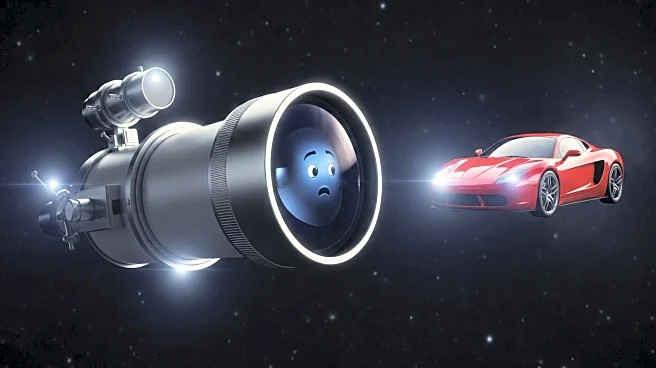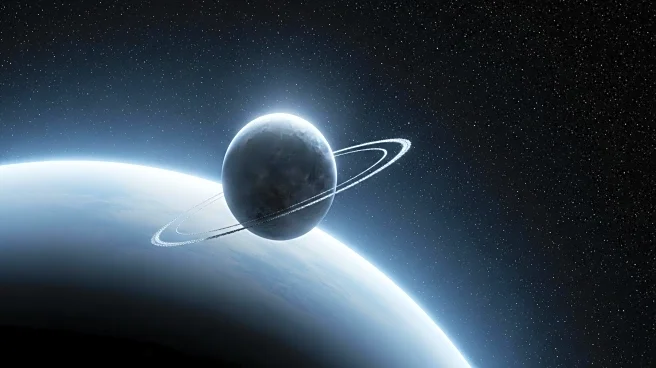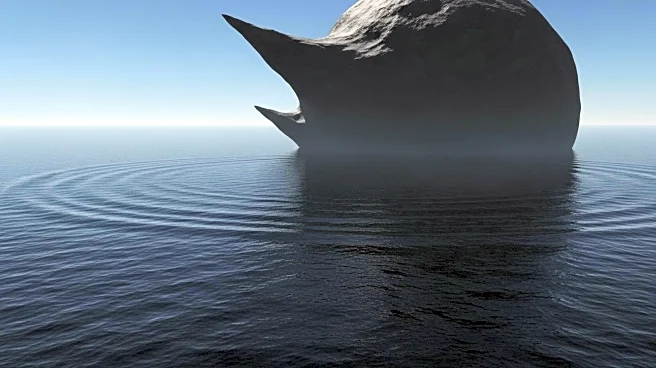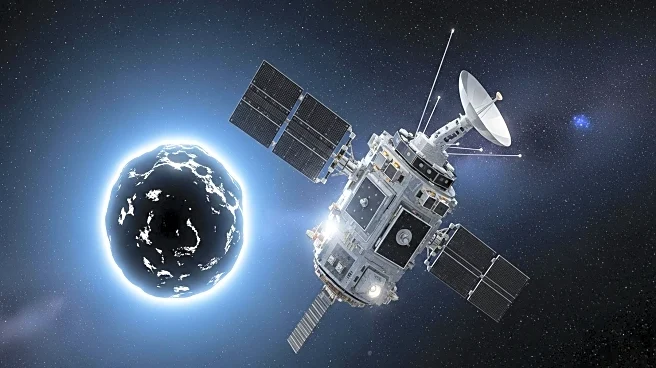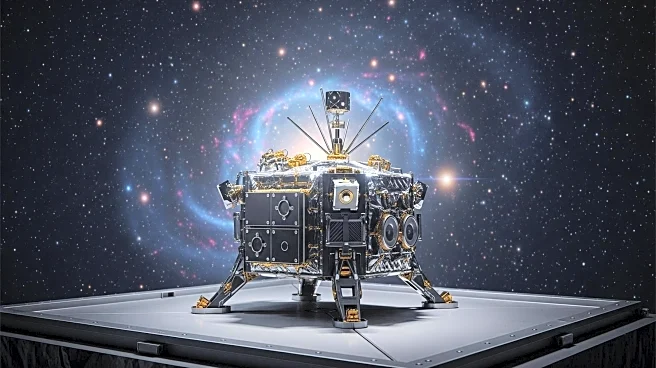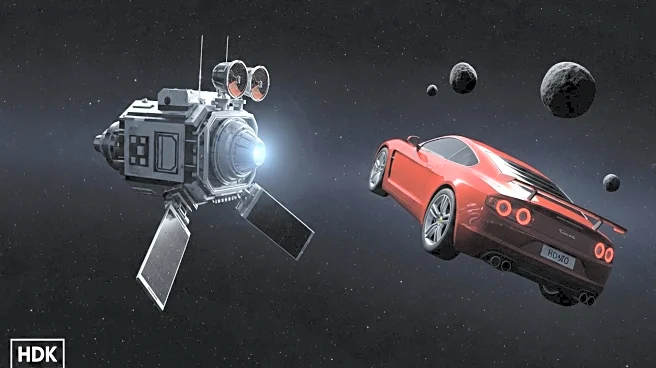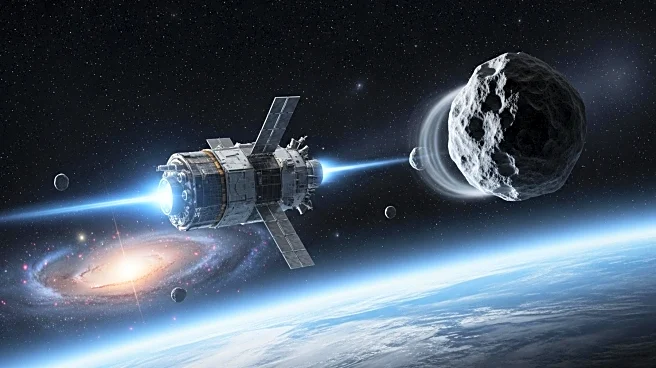What's Happening?
A team of researchers from Heriot-Watt University has confirmed that the Silverpit Crater in the southern North Sea was formed by an asteroid impact approximately 43 to 46 million years ago. The crater, located 700 meters below the seabed and about 80 miles off the coast of Yorkshire, has been the subject of debate since its discovery in 2002. Initial studies suggested it was an impact crater due to its central peak and circular faults, but alternative theories proposed geological causes such as salt movement or volcanic activity. The new study, published in Nature Communications, utilized seismic imaging and microscopic analysis of rock samples to provide definitive evidence of the impact origin. The findings revealed rare 'shocked' quartz and feldspar crystals, indicative of extreme shock pressures, supporting the asteroid impact hypothesis.
Why It's Important?
The confirmation of the Silverpit Crater as an impact site has significant implications for understanding Earth's geological history and the role of asteroid impacts in shaping planetary surfaces. With only about 33 confirmed impact craters beneath the ocean, Silverpit offers a rare opportunity to study hypervelocity impacts in detail. This research enhances our knowledge of how such events have influenced Earth's evolution and provides insights into potential future asteroid collisions. The study also contributes to the broader scientific understanding of impact craters, placing Silverpit alongside notable sites like the Chicxulub Crater, linked to the extinction of the dinosaurs.
What's Next?
The research team plans to use the new seismic data to further explore the effects of asteroid impacts on planetary surfaces. This could lead to advancements in predicting and mitigating the consequences of future asteroid collisions. Additionally, the findings may inspire further studies on other potential impact sites, both on land and beneath the ocean, to expand our understanding of Earth's geological history.
Beyond the Headlines
The study of impact craters like Silverpit not only informs geological science but also raises questions about planetary defense strategies. Understanding the frequency and effects of past impacts can guide preparations for potential future threats. Moreover, the preservation of such craters offers a unique window into the dynamic processes that have shaped Earth over millions of years.

